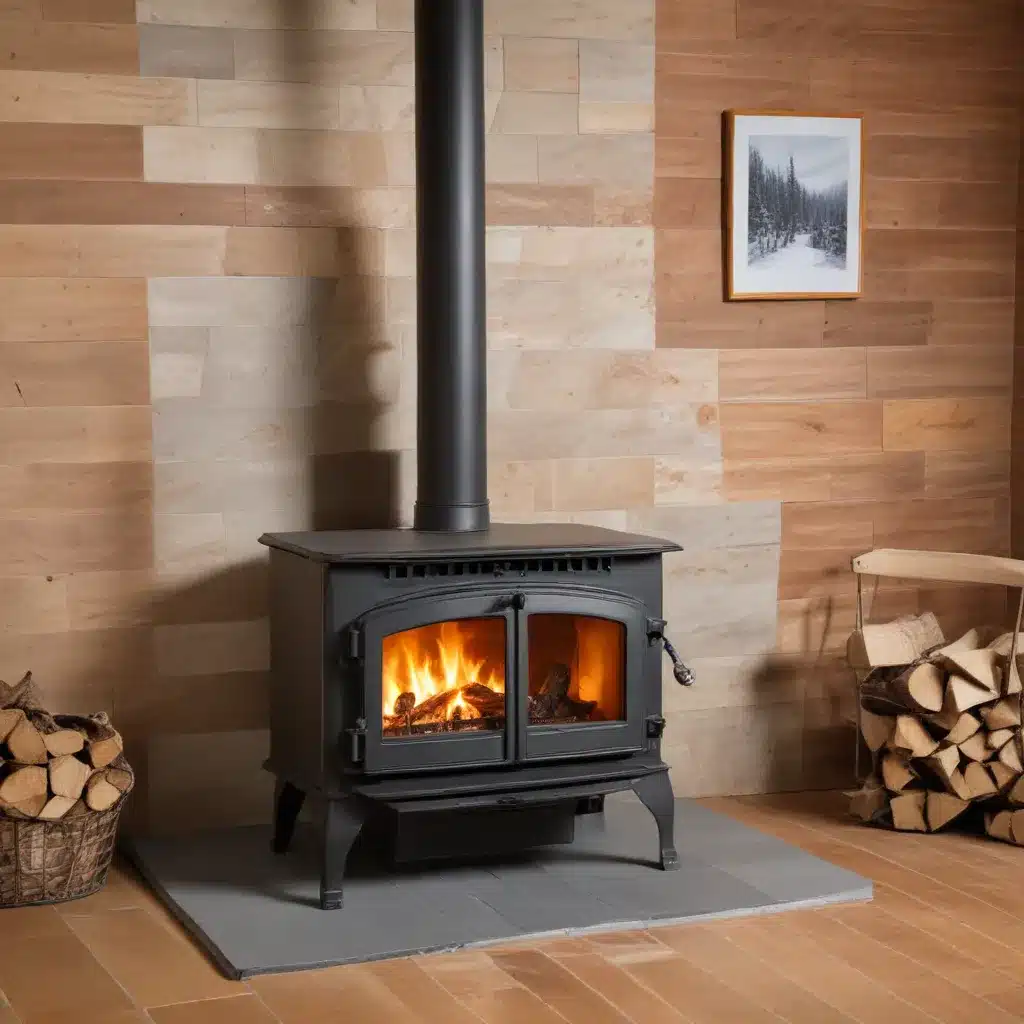
The Importance of Reducing Wood Stove Emissions
As a seasoned expert in wood stoves and heating solutions, I understand the crucial role that wood stoves play in providing warmth and comfort to homes, especially in colder climates. However, the emissions from wood stoves have long been a significant concern, contributing to poor indoor and outdoor air quality. In this comprehensive article, we’ll explore the evolving regulations surrounding wood stove emissions and discuss practical strategies to achieve cleaner air while maintaining the benefits of this reliable heating source.
The Impact of Wood Stove Emissions
Wood stove emissions can have a detrimental impact on both human health and the environment. These emissions, which often contain particulate matter (PM), carbon monoxide, and other pollutants, can aggravate respiratory conditions, increase the risk of heart disease, and even lead to premature deaths. According to the EPA, exposure to household air pollution from burning fuels like wood, charcoal, and kerosene is a leading risk factor for diseases such as childhood pneumonia, chronic obstructive pulmonary disorder (COPD), and lung cancer.
Furthermore, wood stove emissions contribute to ambient air pollution, with the EPA estimating that around 20% of global ambient air pollution and often more than 50% locally can be attributed to cookstoves and household energy use. These emissions also have a significant impact on the climate, as they release greenhouse gases and black carbon, which can accelerate the melting of glaciers and snow-capped mountains.
The Evolution of Wood Stove Emissions Regulations
In response to the growing concerns over wood stove emissions, regulatory bodies have been steadily tightening standards and guidelines to improve air quality. The EPA’s Household Energy and Clean Air initiative has been at the forefront of these efforts, working with international partners to develop and implement stricter emissions regulations.
One significant milestone was the publication of the ISO International Workshop Agreement (IWA) in 2012, which provided guidance for rating cookstoves and wood stoves on four key performance indicators: fuel use/efficiency, total emissions, indoor emissions, and safety. This laid the groundwork for the development of the ISO Technical Committee 285 (TC285) “Clean Cookstoves and Clean Cooking Solutions,” which has since published a series of standards to harmonize testing protocols and establish voluntary performance targets for wood stove emissions.
More recently, the Biden administration has set a new, more rigorous standard for fine particulate matter (PM2.5), a key component of wood stove emissions. The annual average concentration of PM2.5 has been reduced from 12 micrograms per cubic meter to 9 micrograms per cubic meter, a move that is expected to have a significant impact on air quality in many regions, including California’s San Joaquin Valley and Los Angeles basin, which have long struggled with high levels of soot and particulate pollution.
Strategies for Achieving Cleaner Wood Stove Emissions
As wood stove owners and users, we have a responsibility to understand and comply with the evolving emissions regulations. By adopting best practices and embracing cleaner heating solutions, we can contribute to improving indoor and outdoor air quality, protecting public health, and mitigating the environmental impact of wood stove use.
Fuel Selection and Moisture Content
One of the most critical factors in reducing wood stove emissions is the selection and proper seasoning of the wood fuel. Burning wet or unseasoned wood can lead to incomplete combustion, resulting in higher particulate matter and other harmful emissions. Homeowners should opt for well-seasoned, kiln-dried wood with a moisture content of 20% or less, as recommended by the Hearth.com article.
Proper Stove Maintenance and Operation
Maintaining and operating your wood stove according to the manufacturer’s instructions is essential for minimizing emissions. This includes regularly cleaning the stove, checking and replacing gaskets, and ensuring adequate air flow for efficient combustion. Avoiding smothering the fire or restricting airflow can help prevent the release of unburnt particulates.
Upgrading to Cleaner-Burning Stoves
As older, less efficient wood stoves reach the end of their lifespan, homeowners should consider upgrading to newer models that meet the latest emissions standards. The EPA’s Household Energy and Clean Air initiative highlights the benefits of replacing polluting open fires and inefficient biomass stoves with improved models that have been tested for efficacy.
Collaboration with Regulatory Agencies
Homeowners can also play a role in supporting the development and implementation of emissions regulations by engaging with local and regional regulatory agencies. By providing feedback, participating in public comment periods, and advocating for practical, cost-effective solutions, wood stove users can help shape the policies that govern their heating choices.
The Path Forward: Balancing Heating Needs and Environmental Responsibility
As we navigate the evolving landscape of wood stove emissions regulations, it’s clear that a balanced approach is necessary. Wood stoves remain a reliable and cost-effective heating solution for many households, but we must ensure that their use aligns with the imperative to protect public health and the environment.
By embracing cleaner-burning technologies, maintaining our stoves diligently, and collaborating with regulatory bodies, we can continue to enjoy the benefits of wood-based heating while minimizing the associated emissions. This collective effort will not only improve air quality but also contribute to the broader goals of addressing climate change and promoting sustainable energy solutions.
As a seasoned expert, I encourage all wood stove owners to stay informed, adopt best practices, and be proactive in navigating the evolving regulatory landscape. Together, we can achieve cleaner air and a healthier future for our communities and the planet.
Additional Resources
For more information on wood stove emissions, regulations, and best practices, I recommend the following resources:
- EPA’s Household Energy and Clean Air
- Advancing Sustainable Household Energy Solutions (ASHES) program
- ISO Technical Committee 285 (TC285) “Clean Cookstoves and Clean Cooking Solutions”
- Hearth.com article on catalytic wood stoves
Remember, your local air quality agencies and wood stove dealers can also be valuable sources of information and guidance. By staying informed and proactive, we can all contribute to a cleaner, more sustainable future.


